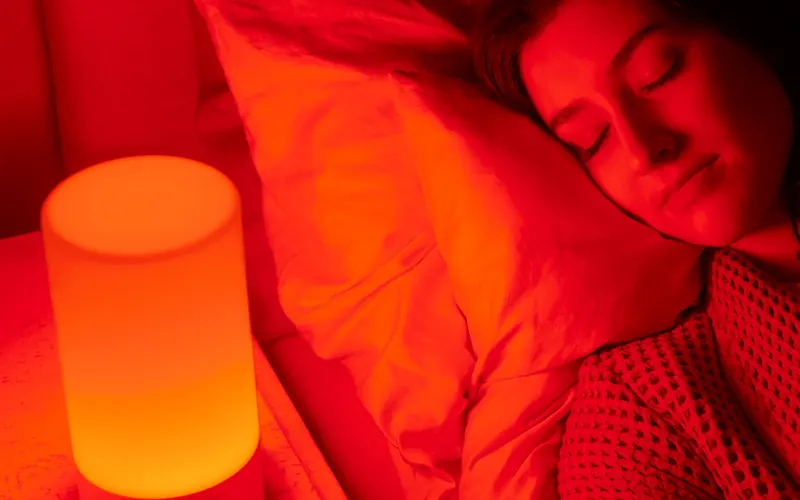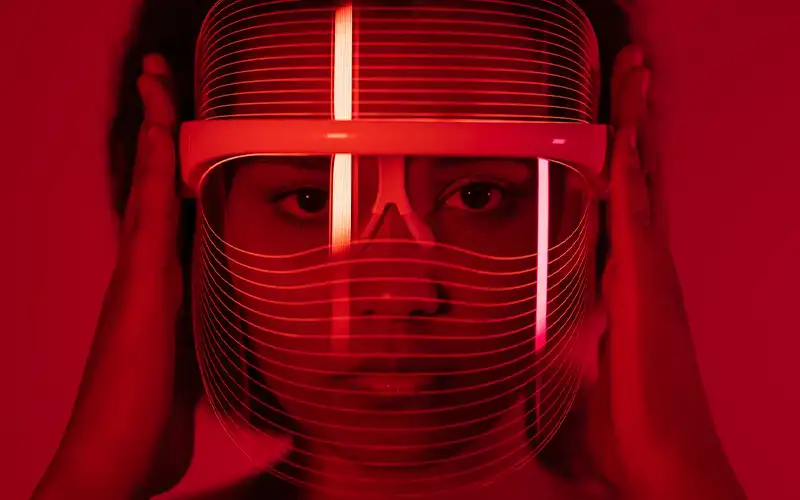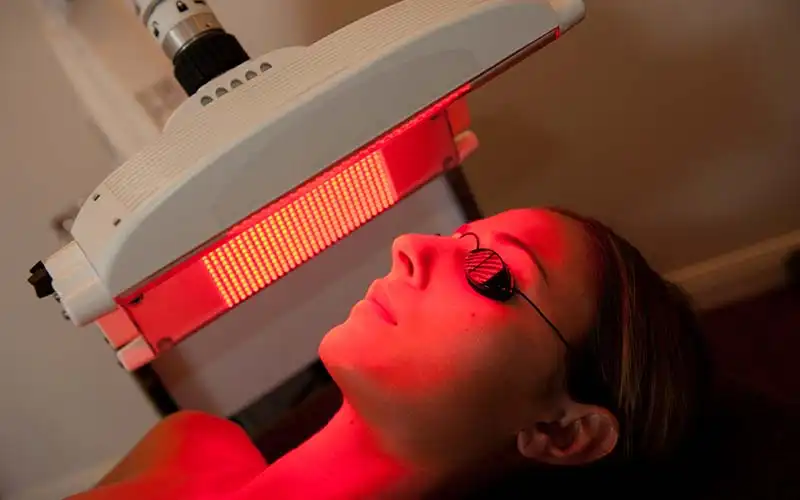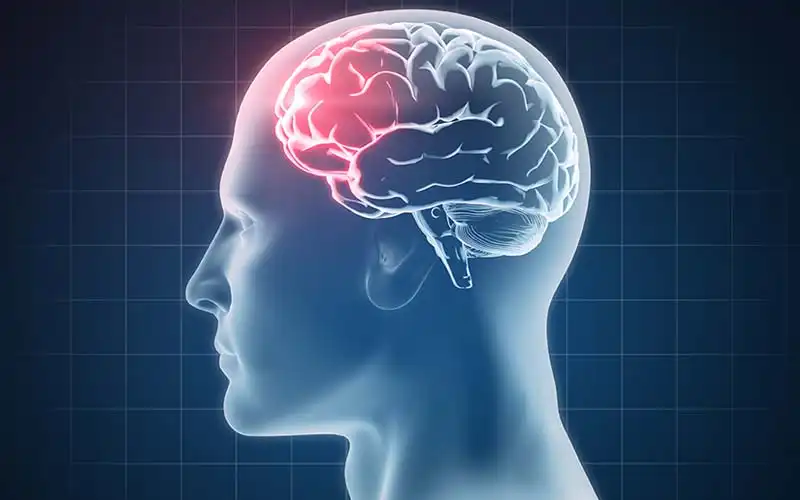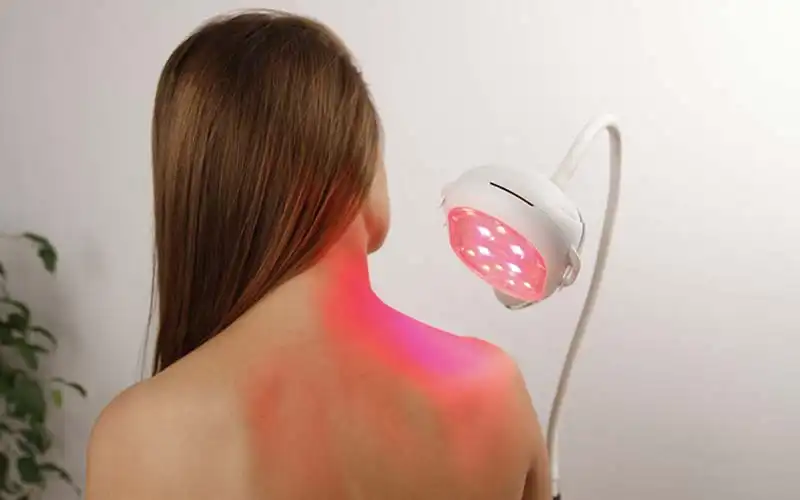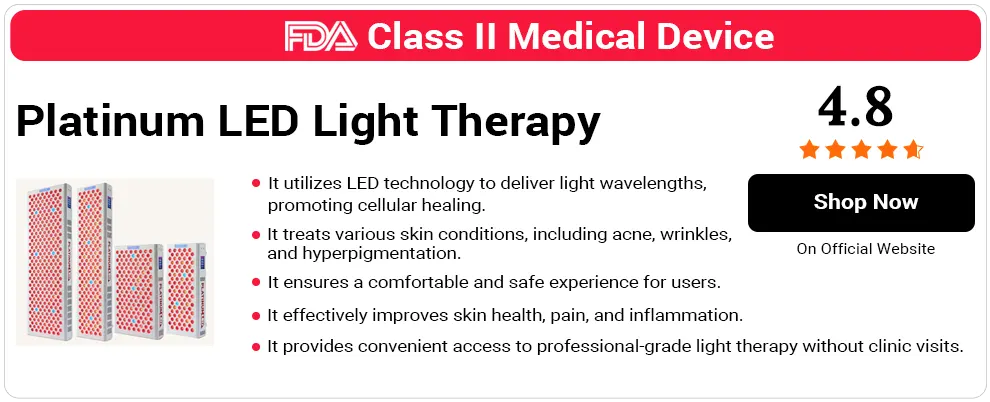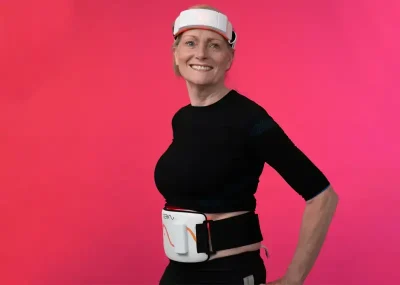Overview
Red light therapy for sleep, yes you heard that right. The red-light therapy technology can help enhance quality sleep by allowing low-wavelength to slowly penetrate your body to ensure that you experience quality sleep. To have quality sleep your circadian rhythms must be in order.
Circadian rhythm, according to the US Centers for Disease Control and Prevention, is a term used to refer to the internal clock of the body that controls wake and sleep cycles. It is a response to light that tells the body that it is time to be awake and responds to darkness as a signal for sleep time.
Light according to sleep experts, is one vital thing that trains and influences the circadian rhythms to 24 hours’ clock. An associate professor of clinical medicine at the University of Southern California’s Keck School of Medicine Dr. Raj Dasgupta notes that light has varied wavelengths like blue light, red light, green light, and so on. However, when we talk about red or blue-colored bulbs, we are simply referring to the light’s wavelength.
Screens like those found in devices like phones, laptops, or computers emit blue-wavelength light. This light is usually sensitive to our eyes and according to studies, it suppresses the release of a sleep hormone called melatonin.
According to Dr. Dasgupta, blue light is beneficial during the daytime because that is when you need it to suppress melatonin so that you can stay awake during the day. However, at night you might need red light so that it can stimulate melatonin to soothe you to sleep.
Research has demonstrated the benefits of red light therapy for improving overall body health. Dr. Casey Kelly, the founder and medical director of Case Integrative Health notes red light therapy can be used to manage and treat a number of health conditions including the management of Parkinson’s disease or what is commonly referred to as the sleep-wake cycles.
What Do Research Studies Say About Red-Light Therapy for Sleep?
Blue light exposure has been found to inhibit the production of melatonin, a hormone responsible for promoting sleep. Research on red light therapy for sleep has demonstrated positive results when it comes to sleep support. Unlike blue light, red light exposure encourages the production of the sleep-supportive melatonin hormone.
A number of studies have been carried out in healthy humans on the effects of red light therapy exposure and sleep. A few researchers found out that there is an association between red light therapy and sleep. Some of these studies are discussed below:
1. Improves Sleep
One benefit of red light therapy for sleep according to sleep experts is to promote quality sleep through its ability to trigger the production of melatonin hormone in the body.
A study in the Journal of Athletic Training by researchers Jiexiu Zhao et al conducted a study to establish the effect of red light therapy on sleep in elite athletes after training. Researchers found out that athletes who had full body red light exposure 30 minutes before experienced quality sleep and their melatonin serum levels increased, making it an ideal recovery method for overtraining treatment in sports practice.
2. Promotes Sleep Inertia
Red light therapy has been found to have an effect on sleep inertia. Sleep inertia according to the Journal of Sleep and Research is a condition that modulates mood, memory, alertness, and reaction time after you wake up.
A publication by researchers Marian G. Figueiro et al in the Nature and Science of Sleep looked into the effects of red light therapy on sleep inertia. The results of the study show that healthy adults who used red light masks and red light goggles upon waking up had reduced sleep inertia.
3. Induces Alertness
Apart from promoting sleep, red light therapy exposure has been found to induce alertness, the reason why it is recommended for use upon waking up. It has been found to aid in modulating mood, memory, and alertness so that you can stay productive during the day.
Mariana Figueiro PhD., a professor in the population health science and policy department at Icahn School of Medicine at Mount Sinai, along with a team of researchers from Rensselaer Polytechnic Institute, New York, conducted a study on the effects of different lighting conditions on sleep.
Figuueiro and the team found out that the circadian cycle only has maximum sensitivity to short-wavelength blue light and is insensitive to red light long-wavelength. As per this result, moderate red light levels exposure can impact alertness an effect that occurs through a pathway and not via the circadian system.
How Does Red-Light Therapy Work to Support Sleep
More is yet to be discovered regarding the health benefits of red light therapy in treating and managing various health conditions. While research on red light therapy is still being carried out to fully determine the possible varied health benefits it can offer, the scientific community has already established a number of its health benefits.
1. Supports Natural Melatonin Secretion
Red light therapy for sleep devices has been found to naturally trigger the synthesis of melatonin, a hormone produced by the brain and responsible for regulating the sleep-wake cycle.
A study published in Plos One Journal shows that exposure to red light wavelengths can help promote sleep since it does not suppress the melatonin hormone.
2. Impact Jet Lag
People who travel across different time zones experience what experts call jet lag. This condition happens due to the disruption of the body’s internal clock. Jet lag symptoms include insomnia, difficulty concentrating, and fatigue.
A study published in Frontiers in Physiology shows that exposure to red light therapy may be an effective way of combating jet lag by reducing jet lag symptoms and resetting the circadian rhythm.
3. Impacts Sleep Disorders
Red light therapy has also been found to improve sleep disorders like sleep apnea and insomnia. A 2020 publication in the Journal of Psychosocial Oncology Research and Practice has revealed that red light therapy may cause moderate to severe insomnia among cancer survivors. If you’re looking to enhance your sleep routine with red light therapy, consider exploring the best light therapy glasses that can help improve your circadian rhythm and overall sleep quality.
4. Improves Pain
Red light therapy for sleep can also help reduce pain. When one is experiencing chronic pain, it becomes difficult to fall asleep.
According to the Journal of Neuroinflammation, exposure to red light therapy has been shown to reduce inflammation and pain, making it easy to fall asleep and remain asleep.
5. Improves Seasonal Affective Disorder and Depression
Red light therapy is also effective when it comes to seasonal affective disorder (SDA) and depression. SDA is a condition that people experience during winter due to lack of sunlight.
According to a publication by Johns Hopkins Medicine, people are able to get the benefits of sunlight by using red light therapy because it mimics sunlight by increasing the levels of serotonin and also reducing cortisol levels. These chemical changes in the body aid in reducing SAD symptoms.
In addition, as Dr. Laura Geige, a Medical Doctor and Psychologist, asserts, “Moreover, red light exposure has been shown to modulate neurotransmitter levels, such as serotonin and dopamine, which play crucial roles in mood regulation and cognitive function. By promoting neurogenesis, reducing oxidative stress, and improving cerebral blood flow, Red Light Therapy offers a holistic approach to enhancing brain health and resilience.”
To further explore how light therapy can combat seasonal affective disorder and depression, check out our detailed guide on the Best SAD Light Therapy Lamps.
As researchers uncover more about the benefits of red light therapy, many experts believe it complements healthy sleep habits. Blen Tesfu Teklu, MD, notes that red light therapy can be particularly helpful when used consistently:
“It is also possible to take these therapies regularly, thus aiding melatonin creation, which lends to deeper sleep, especially when it is performed in the evening or later afternoon. Light therapy is of possible value as an addition to good sleep hygiene, not as a substitute.”
Tips for Using Red Light to Improve Night Sleep
Now that we have a clear understanding of how red light therapy promotes quality sleep compared to other colors, it is also important that we understand a few tips on how we can incorporate red wavelength bulbs in our workplaces, homes, and daily lives.
- If you have LED light bulbs you should swap them with amber or red bulbs
- Try to invest in blue-light-blocking glasses
- Avoid harsh overhead fluorescent lights by reducing time spent in places that use such types of light like workplaces or offices.
- Try as much as possible to avoid light exposure at night so that you can find it easy to fall asleep and stay asleep.
- To avoid disturbing your sleep, make use of amber or dim nightlights to light up your hallways, bathrooms, and other places in the house.
- Consider making use of red light therapy to improve your sleep
- To promote relaxation, calm, and peace in your home, consider incorporating warm lighting. Invest in nightlights that aren’t just red but emit red wavelengths like light bulbs, chandeliers, and lamps. Additionally, often using red light therapy improves your sleep.
- Invest in nightlights that aren’t just red in color but emit red wavelengths like light bulbs, chandeliers, and lamps.
Frequently Asked Questions
How Should I Use My Red-Light Device to Treat Sleep Problems?
A: Experts recommend exposure to red light therapy 20-30 minutes before going to bed. The argument behind this is that it works to promote relaxation and also makes your body ready for sleep. They also recommend using it in the morning immediately after you wake up so that it can help promote alertness setting you ready for the day’s activity engagements.
Can I Use Red Light Therapy to Prevent Sleep Disorder?
A: Red light therapy is not a cure for sleep disorders but it can help improve sleep in people experiencing sleep disorders like circadian rhythm, insomnia, and other types of depression. A study in the Journal of Athletic Training looked into the effect of body exposure to red light therapy. According to the results, body exposure to red light therapy had the therapeutic benefits of preventing sleep disorders among elite female athletes after training.
Is it Possible to Overdo Red-Light Therapy?
A: Yes, it is possible to overdo red light therapy especially if you do not stick to the recommended light exposure duration. While exposure to red light therapy has been found to offer a number of health benefits including improving sleep, overdoing it may be harmful. Exposure time depends mostly on individual needs because some health needs may require shorter or longer usage than others. So, to ensure safety and efficiency, identify your health needs and know when red light exposure is enough for the treatment so that you do not overdo it. Experts advise that you adhere to the recommended time exposure.
Is Light Therapy Safe to Use at Night?
A: Yes, red light therapy is safe for use at night. Blue light from normal bulbs, phones, computers, and other light devices has been found to interfere with the production of melatonin, a sleep hormone responsible for promoting sleep which in turn disrupts sleep. So, red light therapy has been recommended for use at night because it can help increase serotonin levels while reducing cortisol levels for improved sleep.
Conclusion
Red light therapy is slowly but steadily becoming popular in the health industry because of its non-invasive approach to treatment. This method of treatment has proven to be useful in treating and managing various health issues. It can help improve sleep, treat and improve skin conditions, manage pain, and heal wounds among other benefits.
Sleep is an integral part of body health and people deprived of quality sleep usually develop other health problems. Red light therapy is one proven method that has proven to improve sleep quality through its ability to treat and manage various sleep disorders.
For those looking to enhance their sleep environment further, choosing the best night lights can be a great addition. Night lights help you fall asleep fast and get quality sleep, hence supporting overall health.
We believe that the information in this article will help improve your understanding of red light therapy treatment on sleep, including how it works, the health benefits, and when and how often you should use it.
For personalized advice on incorporating red light therapy into your sleep routine, consider consulting with experts at The Invigory Clinic, who can provide tailored recommendations based on your specific needs and health goals.

